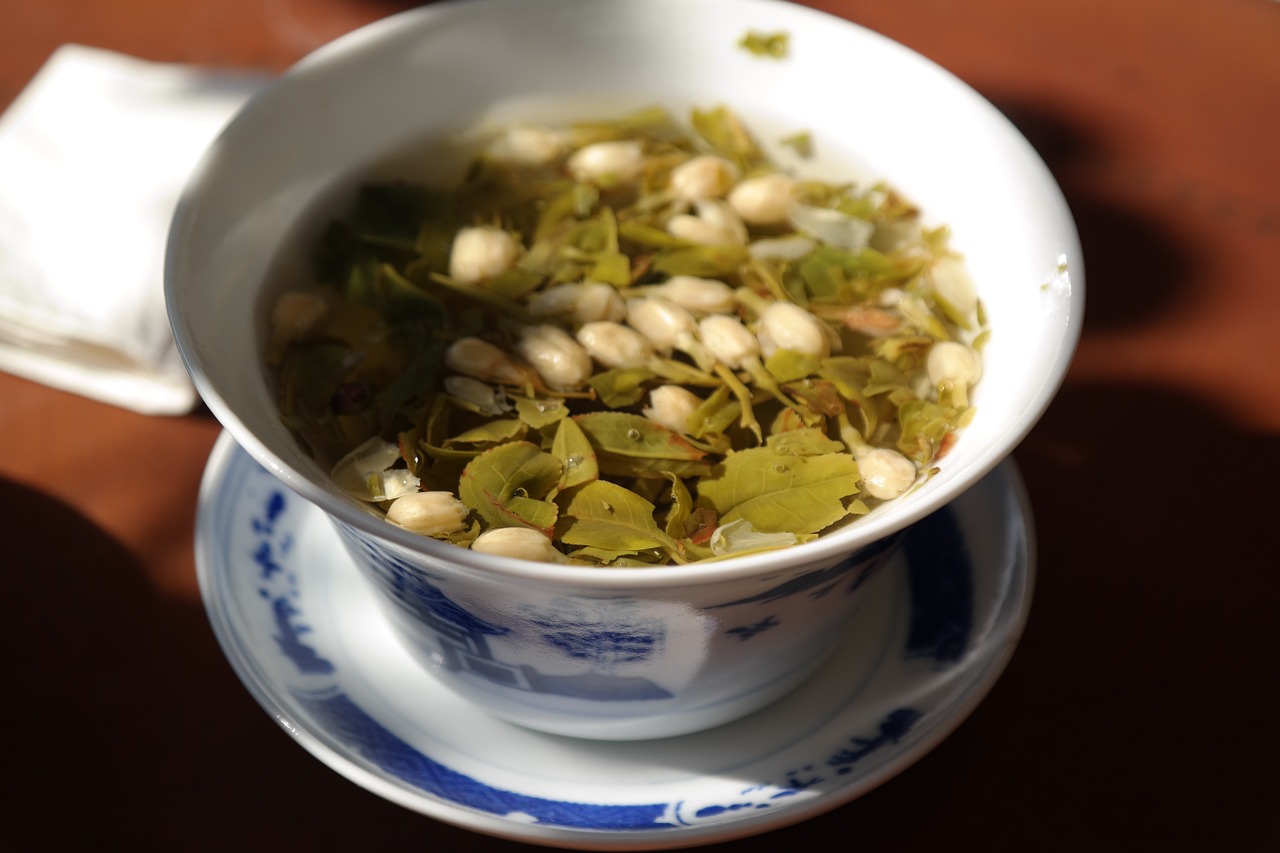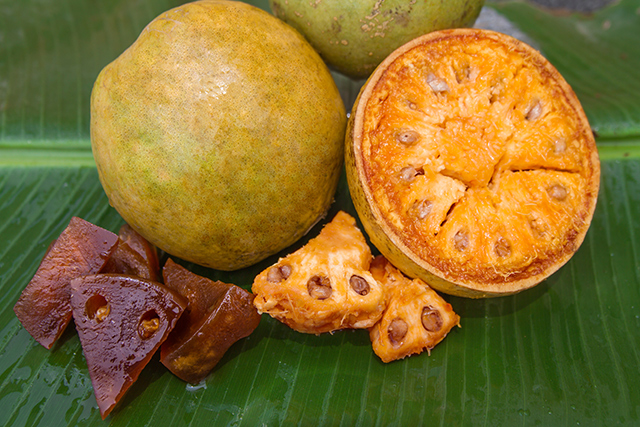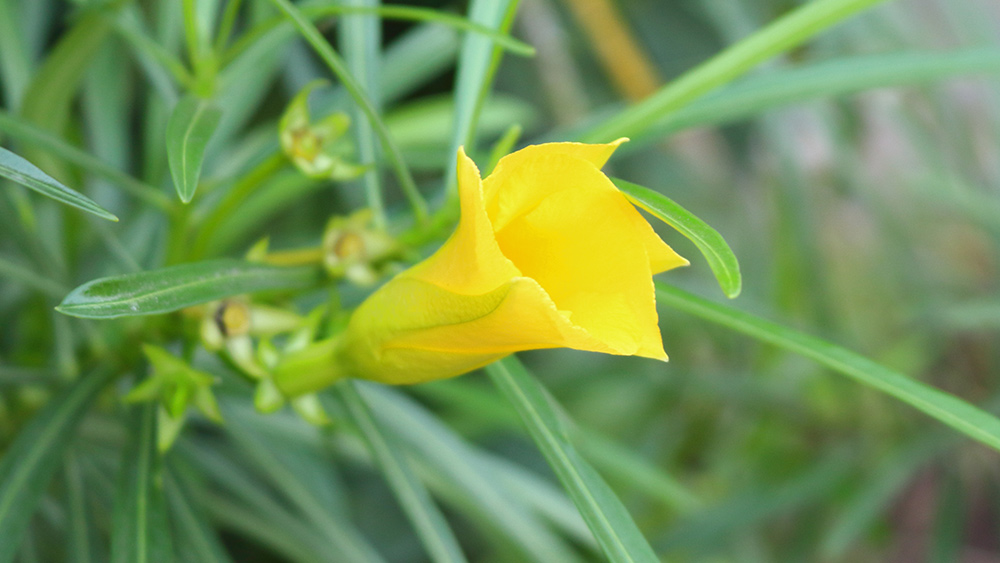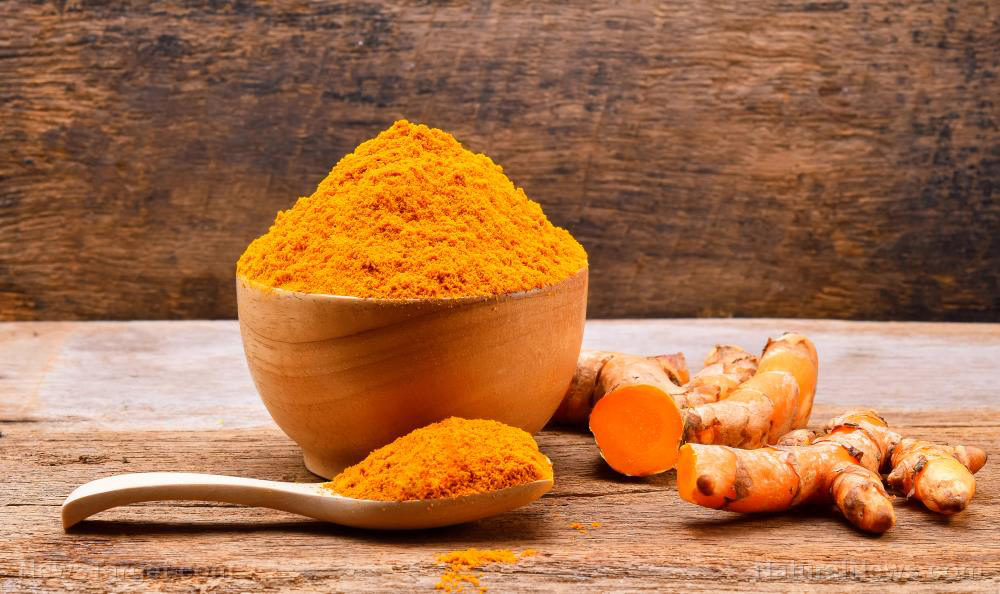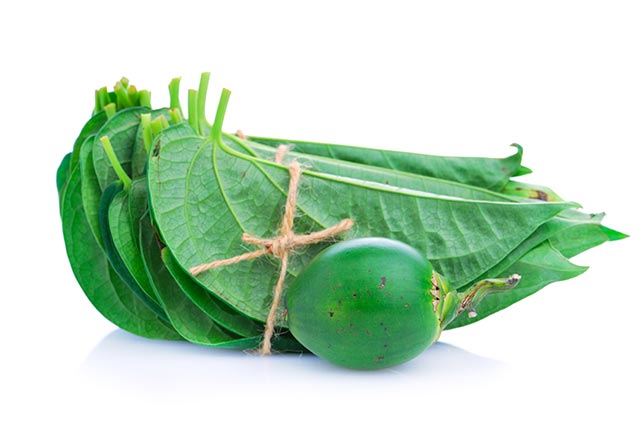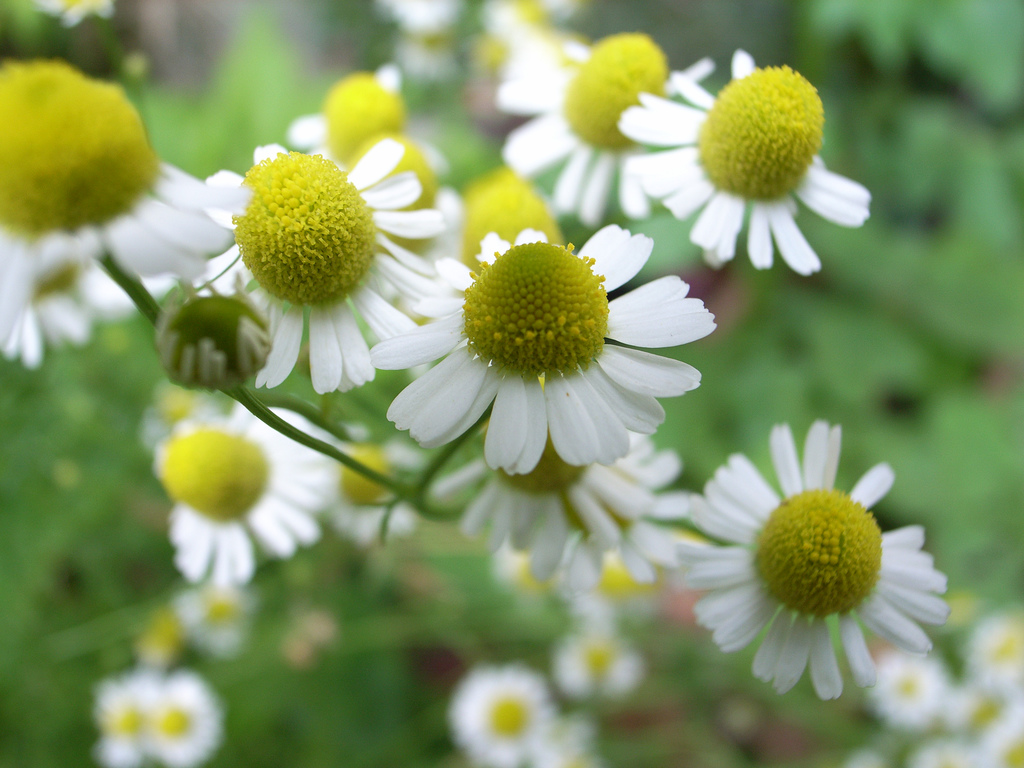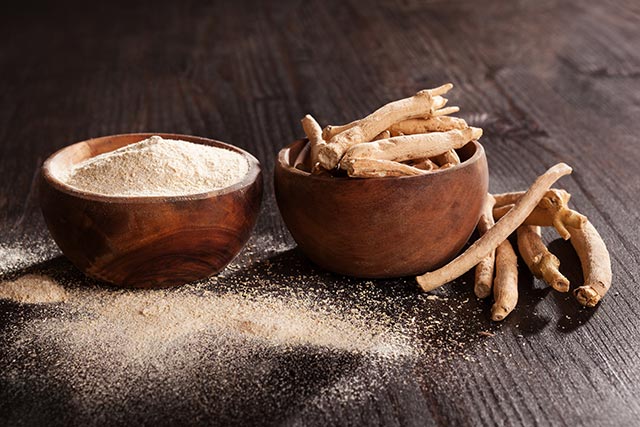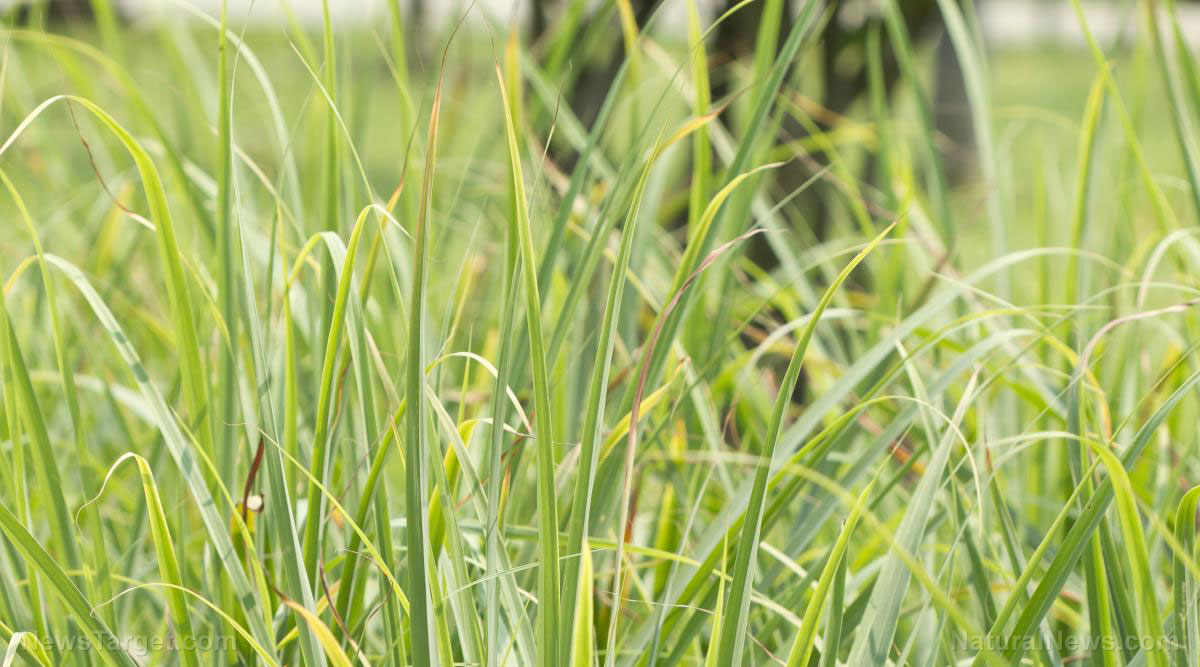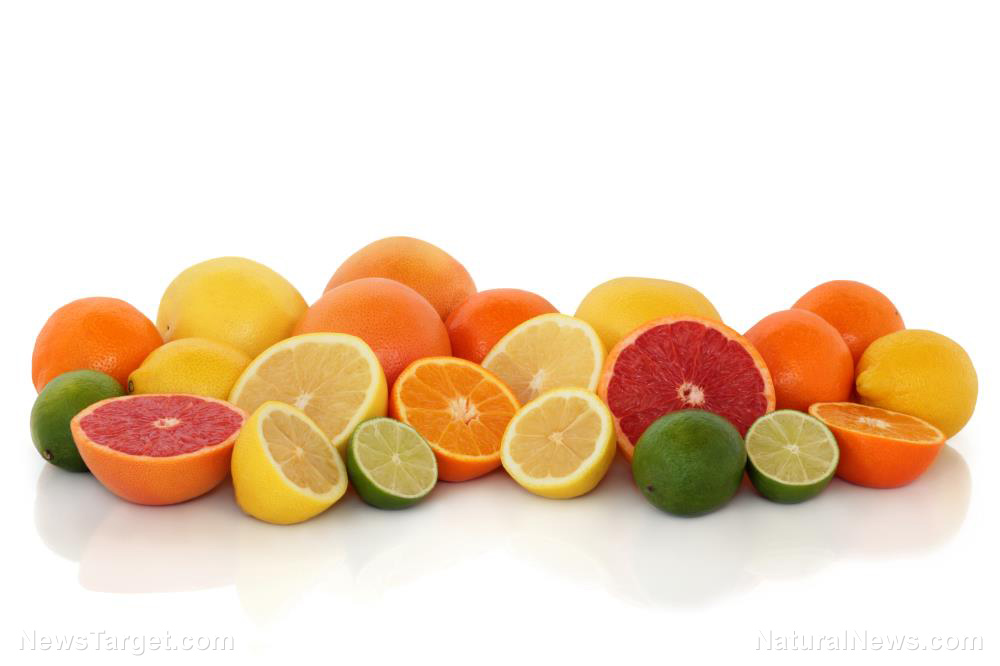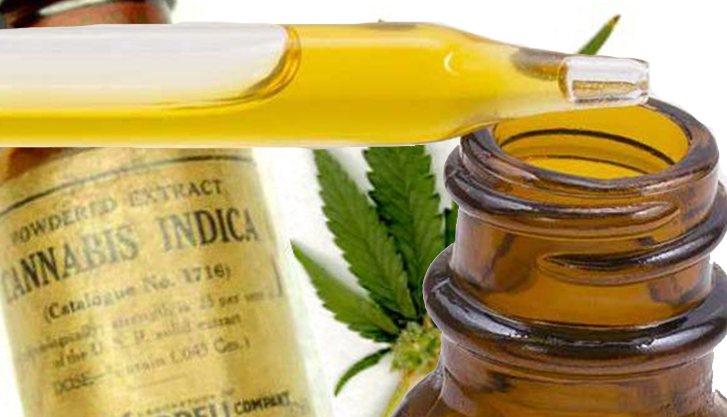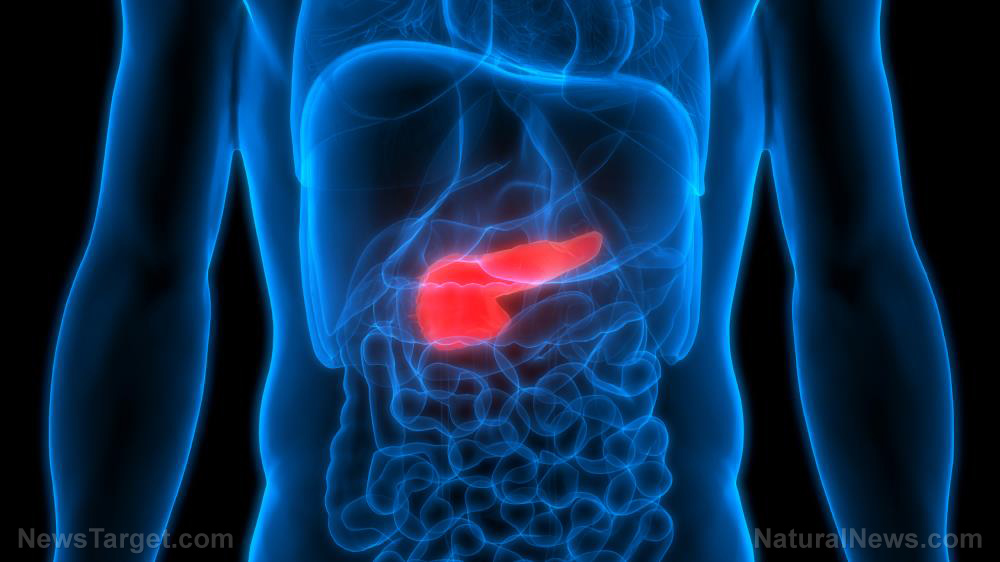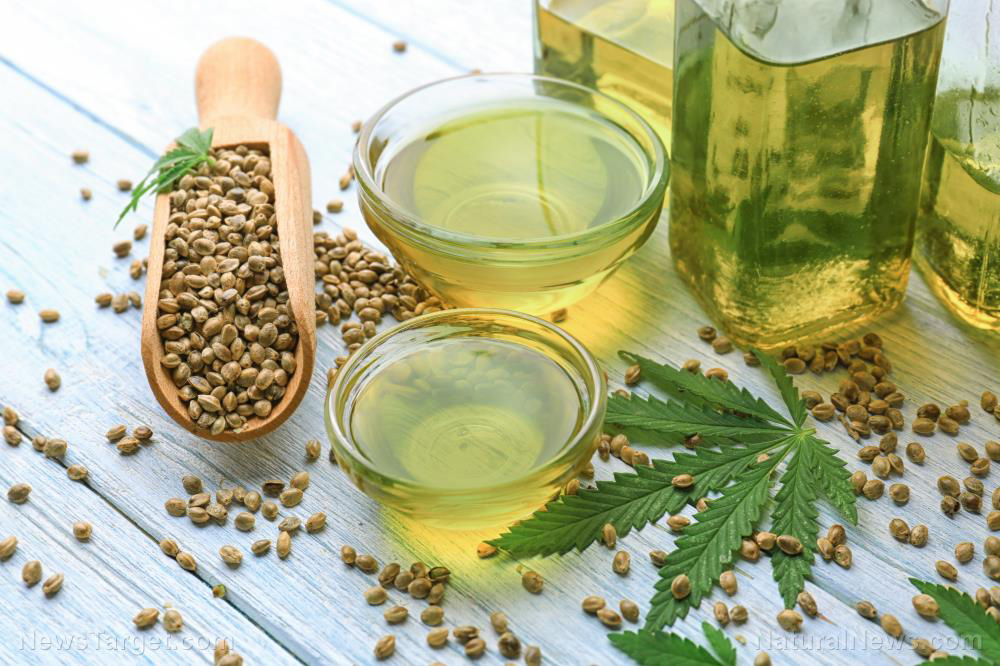Small nettle is a natural antimicrobial agent
12/06/2018 / By Ellaine Castillo

Wild plants are very much underutilized, so people do not know much about the potential benefits of using them. A study by researchers from the University of Sfax in Tunisia revealed that small nettle (Urtica urens) has potent antioxidant and antimicrobial activities. In this study, which was published in the journal Pharmaceutical Biology, different in vitro experiments were used to determine the properties of small nettle.
- Small nettle, which is abundant in Tunisia, is commonly used as a traditional medicine for various purposes. It is rich in phytochemicals, including vitamins C, B, and K, calcium, iron, magnesium, and carotenoids like lutein and beta-carotene.
- Previous studies have shown that other plants in the Urtica genus have antimicrobial and antioxidant activities. However, these have not been studied in small nettle.
- In this study, the researchers collected extracts from the leaves of small nettle and analyzed their phytochemical profiles. They then proceeded to test them for in vitro antioxidant and antimicrobial activity.
- The team observed the effects of the extracts against different microbial strains to determine antimicrobial activity. These included Staphylococcus aureus, Pseudomonas aeruginosa, Bacillus subtilis, Salmonella enteritidis, Escherichia coli, Staphylococcus epidermidis, Micrococcus luteus, and Enterococcus faecalis. Meanwhile, they used different free radical scavenging assays to determine antioxidant activity.
From these experiments, the researchers found that small nettle has potent antioxidant and antimicrobial activities, which can be attributed to the presence of phytochemicals like flavonoids, polyphenols, and tannins.
Read the full text of the study at this link.
For more articles about herbs with antimicrobial properties, visit Herbs.news.
Journal Reference:
Mzid M, Khedir SB, Salem MB, Regaieg W, Rebai T. ANTIOXIDANT AND ANTIMICROBIAL ACTIVITIES OF ETHANOL AND AQUEOUS EXTRACTS FROM URTICA URENS. Pharmaceutical Biology. 13 January 2017;55(1). DOI: 10.1080/13880209.2016.1275025
Tagged Under: Antimicrobial, antioxidant, bacteria, Free radicals, natural remedies, small nettle, traditional medicines, Urtica urens



